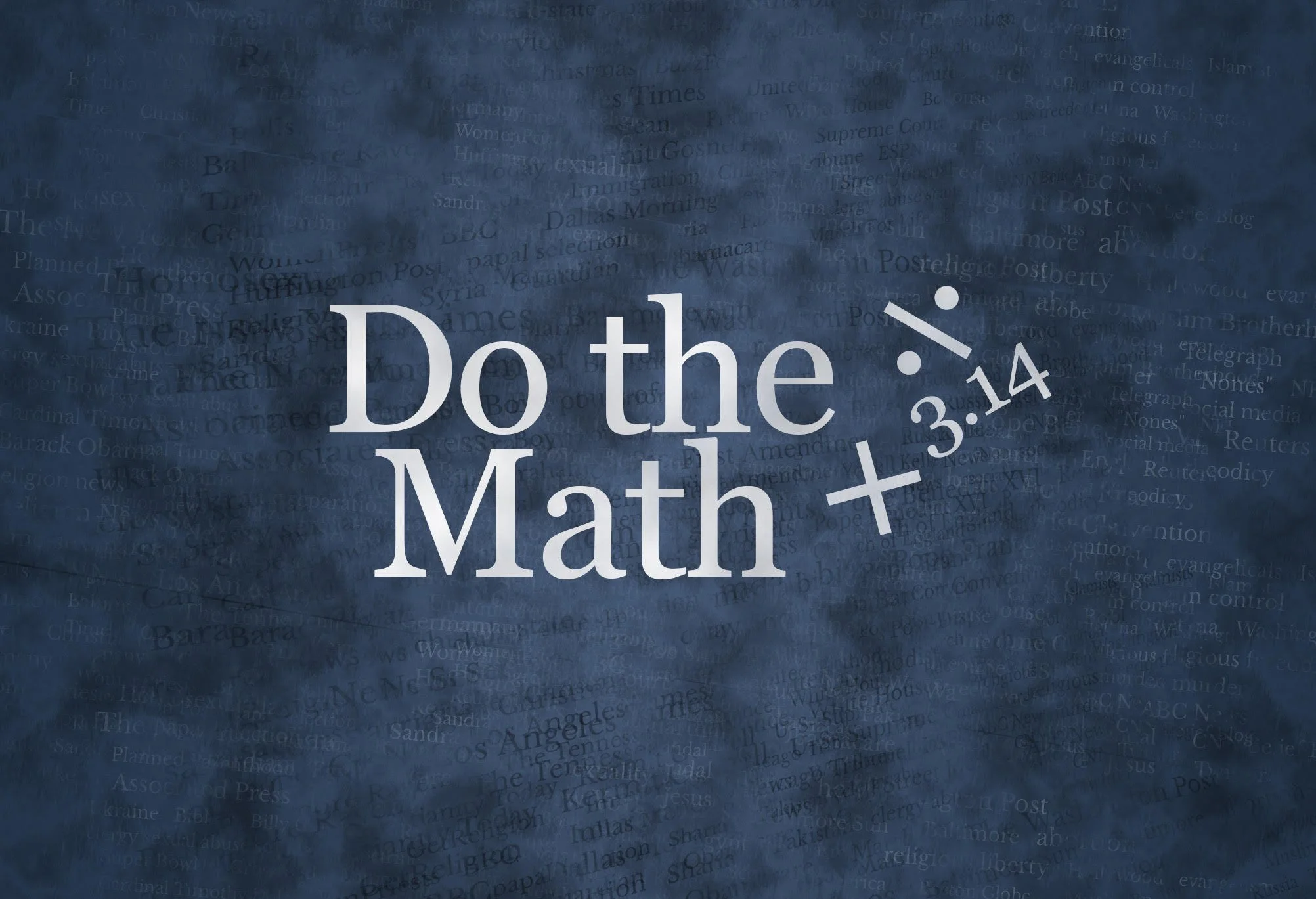QUESTION:
What do Jews believe about the death penalty?
THE RELIGION GUY’S ANSWER:
There was relief last week when a unanimous Pittsburgh jury approved the death penalty for the man (not to be dignified here with a name) who in 2018 massacred 11 worshipers at the Tree of Life Congregation, in the deadliest act of anti-Jewish violence in U.S. history.
There’s a strong aversion to capital punishment in the teaching across the branches of Judaism but, as we’ll see, this is not absolute, and Judaism’s biblical and textual tradition on this is complex.
There were mixed feelings in Pittsburgh’s historically close-knit Jewish community. The Jewish Telegraphic Agency reported that capital punishment “was the preference of some but not all of the victim’ families” and “some local Jews openly opposed” execution. The New Light Congregation, which also worships in the Tree of Life building, said “many of our members prefer that the shooter spend the rest of his life in prison” and question feelings of “vengeance or revenge against him.”
As appeals grind away, presumably for years, the antisemitic murderer will join the 41 inmates awaiting execution at the federal prison system’s death row or “Special Confinement Unit” in Terre Haute, Indiana, which was established when Congress reinstated the federal death penalty in 1988.
Meanwhile, The Associated Press says the morality and practicality of capital punishment could become a big issue in the 2024 U.S. presidential campaign for the first time since 1988. Republican front-runners Donald Trump and Ron DeSantis are both making execution central to their anti-crime messages.
And the opposite. Liberal Democrats are vexed that President Joe Biden pledged in 2020 to abolish the death penalty in federal statutes but has not done so. However, his Department of Justice currently has a moratorium in place while it conducts a thorough examination of problems with methods of killing and racial unfairness in judicial application.
Consideration of Jewish belief begins at the beginning.










